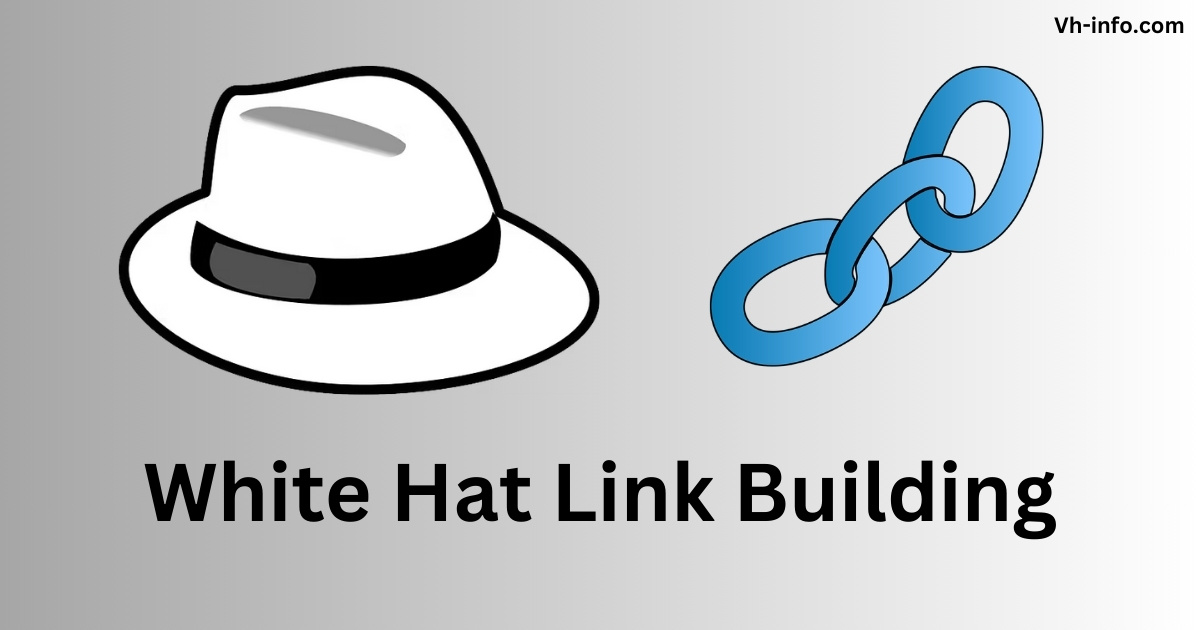
Backlink Monitoring: Best Practices & Tools
Backlink monitoring is an essential practice in search engine optimization (SEO) to ensure the quality and relevance of a website’s

Backlink Monitoring: Best Practices & Tools
Backlink monitoring is an essential practice in search engine optimization (SEO) to ensure the quality and relevance of a website’s
Innovations in Cybersecurity: Protecting Your Digital Presence in 2024
With everything from our work to social life interconnected online, the risks of cyber threats loom every second. Hackers are

Natural Link Building Service: What is it, Benefits & Strategies
Natural link building is a fundamental aspect of search engine optimization (SEO) that plays a vital role in improving the

A Complete Guide to Ai – Digital Marketing 2024
What is AI Digital Marketing ? AI is quickly transforming the digital marketing industry, providing businesses a powerful tool to

Link Building Specialist: Main Responsibilities, Pros & Cons
A Link Building Specialist is a pivotal figure in the realm of Search Engine Optimization (SEO), dedicated to enhancing a

White Hat Link Building: What is it, Techniques, It’s Services
White hat link building is an essential aspect of search engine optimization (SEO) that can greatly impact the success of

10 Simple Steps: How To Effectively Implement AI In Business
Driven by artificial intelligence (AI), the business landscape is changing. From automating tasks to gaining insights from large datasets, AI
The Best Marketing Automation Tools to Use in 2024
The bigger a company gets, the larger its goals: more content to be produced, more leads to generate, more cold
WHAT WE
3rd floor, VHinfo, QRXG+CG9 Capital Market, Canal Rd, chokdi, Ravapar, Morbi, Gujarat 363641
VH-info © 2025 | All Rights Reserved